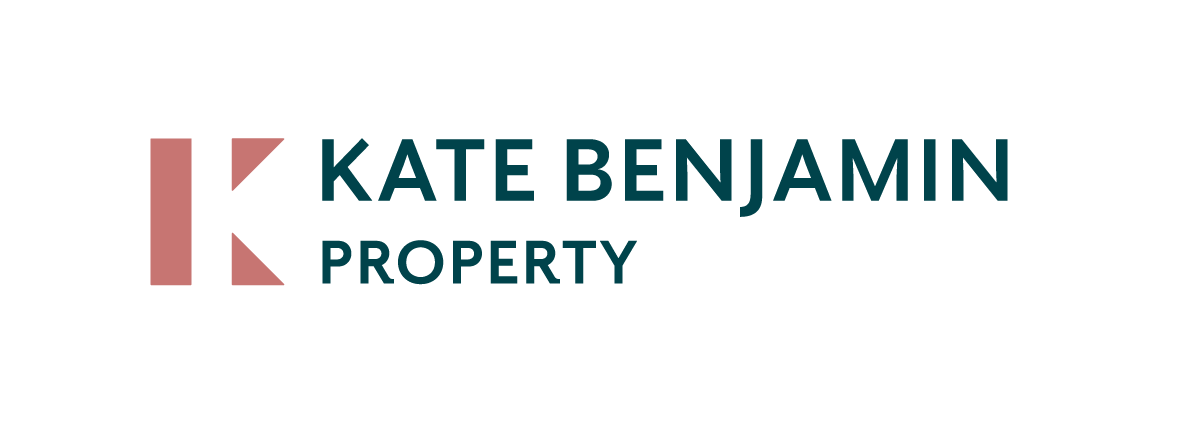Fixed-term lease vs month to month? Whats best?
Approaching the conclusion of an initial fixed term lease, an investor must decide whether to renew the lease for a fixed period of time, or whether to allow the lease to move into a month to month or “periodic” lease. Below we outline the ins and outs of fixed-term and periodic leases and when each option may suit you best.
Fixed-term leases
If financial security is one of your key motivators, a fixed-term lease is a great option. As the name indicates, a fixed-term lease covers a set amount of time — the most common being six or 12 months. When a fixed term ends, you and your tenant can agree to a further lease. The lease becomes a periodic (month-to-month) agreement if a further fixed-term lease isn't agreed to, and the tenant doesn't vacate. The periodic lease continues until either you or your tenant gives notice to end the agreement.
Rent increases typically occur at the start of a new fixed-term agreement. It's important you get some advice from your property manager when you're negotiating a fixed-term lease to make sure the rental price is suitable for the life of the agreement.
The biggest benefit of fixed-term leases is the financial security it provides. In contrast, the major drawbacks include needing to wait until the end of the fixed term to issue notice to regain possession of the property.
Fixed term leases allow ultimate control over when your tenant has the ability to move out and give notice. This means you can avoid vacancy at tricky seasons such as Christmas or Easter, and have control to plan things such as upgrades, modifications and renovations based on when the property is likely to be vacant.
Periodic leases
A periodic lease is a month-to-month agreement that provides more flexibility than a fixed-term agreement. It continues until either party gives written notice to end the lease. Notice periods in are vastly different in NSW, dependant on whether you are the investor or the renter. During a periodic lease, a renter can give an investor 21 days notice at any time, and vacate the property. Should the investor wish to regain vacant possession.
If you're looking to do major renovations to or sell your property, a periodic lease can be perfect for getting your property rented while you make plans. However, it's important to note that tenants have the same flexibility in a month-to-month lease, so you could end up with a vacant property and no rental income if your tenant decides to leave. Rent increases also aren't written into periodic agreements, making it difficult to maximise your rental income.
It's up to you
Choosing between a fixed-term or periodic lease will depend on what will work best for your wealth-building goals. A fixed-term lease is a good option if you value stability and financial security. However, if flexibility is your priority, a periodic lease may be more suitable. Talk to your property manager when you're listing your property to make sure you choose an option that works for you.
Remember, this article does not constitute financial or legal advice. Please consult your professional financial and legal advisors before making any decisions for yourself.
